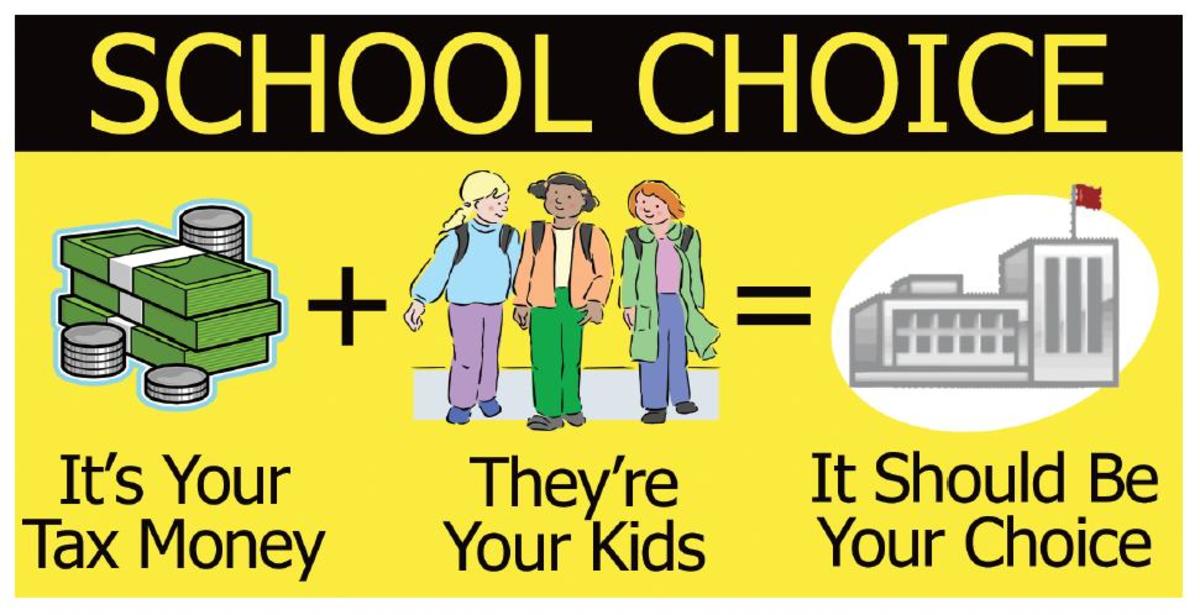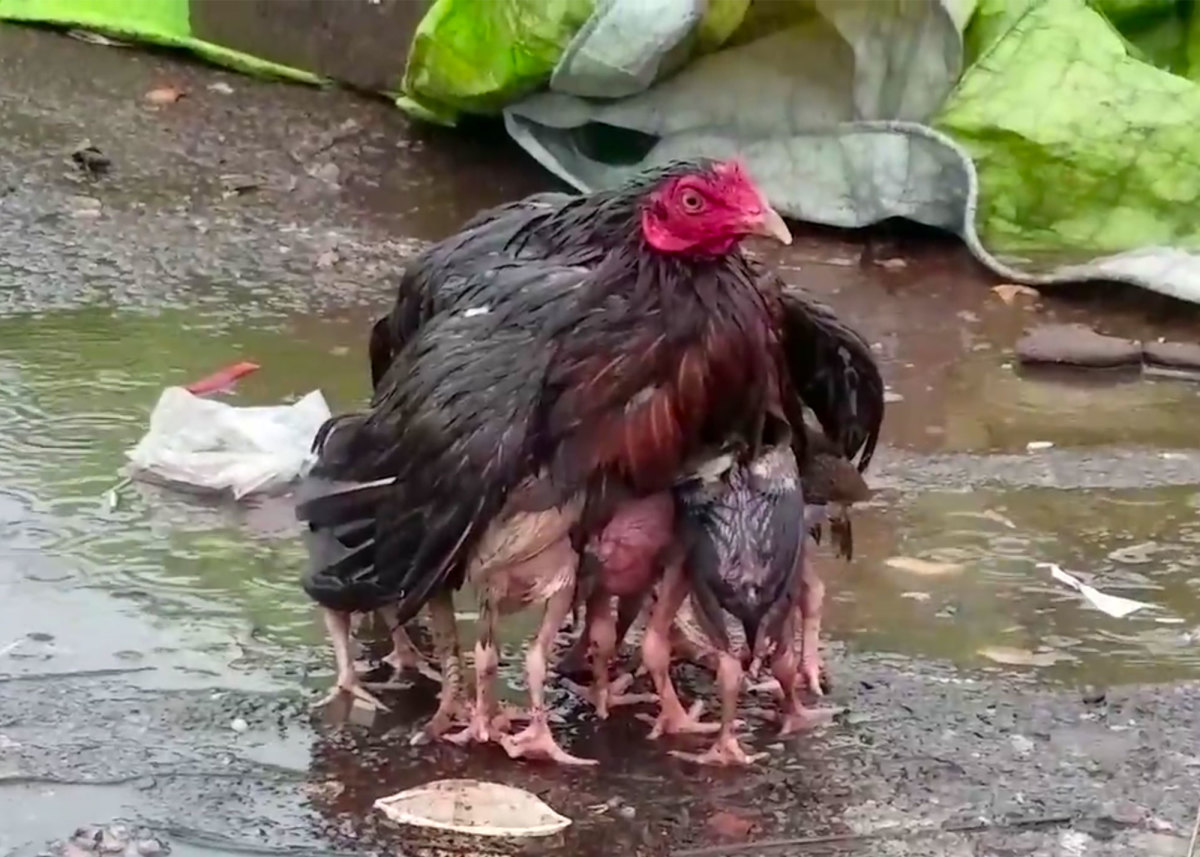18 Ways To Green Your School
Our kids spend a least 6 hours a day, 180 days a year, at school. Sending them off to a safe, chemical free school is as important as establishing a clean, toxin free home. Helping your local school with their efforts to go green is worth your time and energy and will set a wonderful example for your children.
What can concerned parents do to ensure that their children are not being exposed to dangerous chemicals when trying to learn? Can parents make a difference in the curriculum to be sure that their children are prepared for a green future when they graduate?
Parents can make a difference. Getting involved in your child's education doesn't stop with homework help and helping out with fundraisers. Parental involvement in greening up our schools can go a long way in improving the learning environment for our children while protecting Earth's precious natural habitats.
Unless someone like you cares a whole awful lot, Nothing is going to get better. It's not. — Dr. Seuss, from The Lorax

The Trashless Lunch
18 Ways To Green Your School
The following suggestions include ways to get involved in helping your local school go green as well as tips for your children to become green students.
- Start an eco-committee of parents and interested teachers to organize and direct green activities and efforts at your school. In middle schools and high schools, students should be represented on the committee as well.
- Find out if your school has an environmental mission statement or "planet pledge" - if they don't, help establish one.
- Conduct an environmental survey or energy audit of the building and grounds and create a plan of action based on the results. Get students involved in the plan of action and have teachers discuss the issues with their students.
- Encourage teachers to include green topics in their curriculum. Offer to present a project or topic for discussion to your child's class.
- Buy your child vinyl and lead free lunch boxes.
- Send your child to school with a healthy lunch in a reusable container. Attempt to create a "trash free" lunch.
- Buy your child a large, chemical free water bottle for them to use throughout the school day.
- Buy unbleached recycled-paper notebooks.
- If your older student carries a cell phone, ipod or laptop to school, consider a solar powered backpack to power her gadgets.
- Buy backpacks made from recycled materials.
- Buy non-toxic school supplies including glue, crayons and markers.
- Ask the teacher to use low-odor dry erase markers and dust free chalk. Offer to purchase them for the teacher if cost is an issue.
- Request that the school provides a clean, safe indoor environment and clean air by using non-toxic cleaners in the classrooms and throughout the building.
- Are toxic pesticides sprayed on the playground? Find out and petition for change. Present viable options.
- How is pest control handled inside the school? Help to make necessary changes by researching and presenting a better, chemical free solution.
- Request that school forms and notices be distributed through email when ever possible to cut back on paper use.
- Find coloring pages online. It is easy to find exactly what your child would like to color without having to buy – or waste – an entire coloring book that contains pages they are not interested in coloring.
- Encourage you child to get involved in the recycling effort within the school and to participate in any other going green programs.
A First Step for Greener Schools
These tips are simply the first steps in creating eco-friendly, chemical free environments for our kids and the staff at our schools. Some schools have already taken their environmental effors much farther by installing solar panels on their rooftops or creating "green roofs" by establishing organic gardens for students to work with and teaching renewable energy principles in the classroom.
Establishing a clean non-toxic environment in our schools will absolutely benefit the health of teachers and students. Exploring eco-friendly choices in daily life and renewable energy in the classroom will spark the imaginations of the great thinkers of tomorrow! It is their future we are preserving, after all.
We do not inherit the earth from our ancestors, we borrow it from our children. ~Native American Proverb
More Green Hubs by this Author
- Eco-Friendly Clothing
What makes clothing eco-friendly? Is it produced in a socially responsible manner? Is it a natural sustainable fiber that doesn't deplete the planet of its most valuable resources? Does the production of... - Bamboo Sheets And Bedding
Bamboo sheets and bedding are a beautiful option to cotton or synthetic bedding. They feel like silk to the touch and will keep you warmer in the winter (between 3-5 degrees) and cooler in the summer( again,... - Eco-Friendly Beauty
What does it mean to be green all over? You can be green from head to toe, all it takes is a little knowledge and consistent effort. Think about everything you put on your body. Be aware that your skin...








